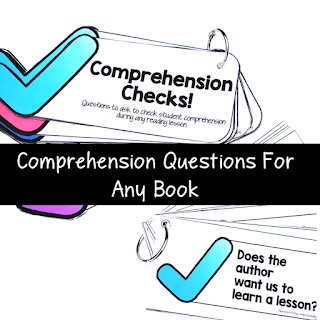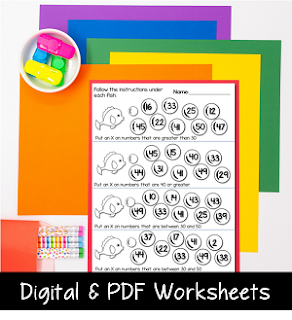Phonemic awareness is one of the most important skills you will teach your students. It is the ability to identify and manipulate individual sounds in words, a key component of the science of reading.
One specific aspect of phonemic awareness is sound segmentation: the ability to break words down into their individual sounds, or phonemes. This post will explore the science behind sound segmentation and how you can teach sound segmentation effectively in your classroom.
Teaching Sound Segmentation:
Why Sound Segmentation Matters
Before we dive into classroom strategies, let’s look at the science.
Phonemes are the smallest units of sound in a language. There are about 44 phonemes in English, and they can be combined in various ways to form words.
For example, in the word cat, you can hear three distinct sounds:
Students who can identify and manipulate these sounds are more likely to become confident, proficient readers.
🚫 Students who struggle with sound segmentation often face challenges in learning to read. Students who struggle with sound segmentation are at a higher risk for reading difficulties and are likely to fall behind their peers.
Oral Language Activities First
Before jumping into letters and symbols, focus on building students’ oral sound skills. This stage is all about listening and speaking, not reading or writing.
One of my favourite tools?
My Phonemic Awareness Word Lists! I use them to say a word aloud and have students break it down into individual sounds.
I have:
✅Cards for 3-phoneme words
✅Cards for 4-phoneme words
✅Cards for 5+ phoneme words
✅Cards for 4-phoneme words
✅Cards for 5+ phoneme words
This progression helps students gradually build confidence. I use them during:
✅Whole group instruction
✅Small groups
✅Quick transitions
✅Small groups
✅Quick transitions
Make it Visual with Manipulatives.
Once students are comfortable hearing and identifying sounds, bring hands-on materials to help them physically represent phonemes. This step makes segmentation more concrete and engaging.
Try these Classroom Tools:
Blocks - 1 block represents 1 sound
Play-Doh Balls - Squish one for each sound. My students love this option!
Press Lights - Line them up, and students tap to turn on one for each sound (Dollar Store press lights work great for this).
Pipe Cleaner with Beads - Slide the beads to represent each sound.
Elkonin Boxes - Move objects, like mini erasers, into each box to represent the sound
Play-Doh Balls - Squish one for each sound. My students love this option!
Press Lights - Line them up, and students tap to turn on one for each sound (Dollar Store press lights work great for this).
Pipe Cleaner with Beads - Slide the beads to represent each sound.
Elkonin Boxes - Move objects, like mini erasers, into each box to represent the sound
Transition to Sound-Symbol Correspondence
Once oral segmentation is in place, map phonemes to graphemes (sounds to printed letters).
Example activity:
- Choose a word from a word list
- Write it on your whiteboard or chart
- Identify each sound
- Map each phoneme to its letter or letters
- Blend together to read the word
- This is where phonics and phonemic awareness intersect, solidifying reading and spelling skills.
Practice, Practice, Practice - Independent Practice, that is!
When you teach sound segmentation, it isn’t a “teach it once” skill. It needs daily repetition and independent reinforcement. Teachers can incorporate teaching sound segmentation activities into their daily routines, but providing practice outside of whole-group and small-group instruction time is just as important.
I make sure to include hands-on activities that:
✅ Requires minimal reading
✅ Are easy to use independently
✅ Keep students engaged and successful
These activities are a classroom staple, giving my students daily opportunities to build fluency with segmenting sounds.
Want It All Done for You?
If you're looking for ready-to-use tools to build phonemic awareness with confidence and ease, my Phonological and Phonemic Awareness Word List Resource has you covered!
✅ Scaffolded word lists for 3–5+ phonemes
✅ Ideal for whole group, small group, or centers
✅ Perfect for oral practice and sound mapping
✅ Hands-on activities for independent reinforcement
Click here to check it out and give your students the practice they need to succeed in reading.


















.png)









No comments